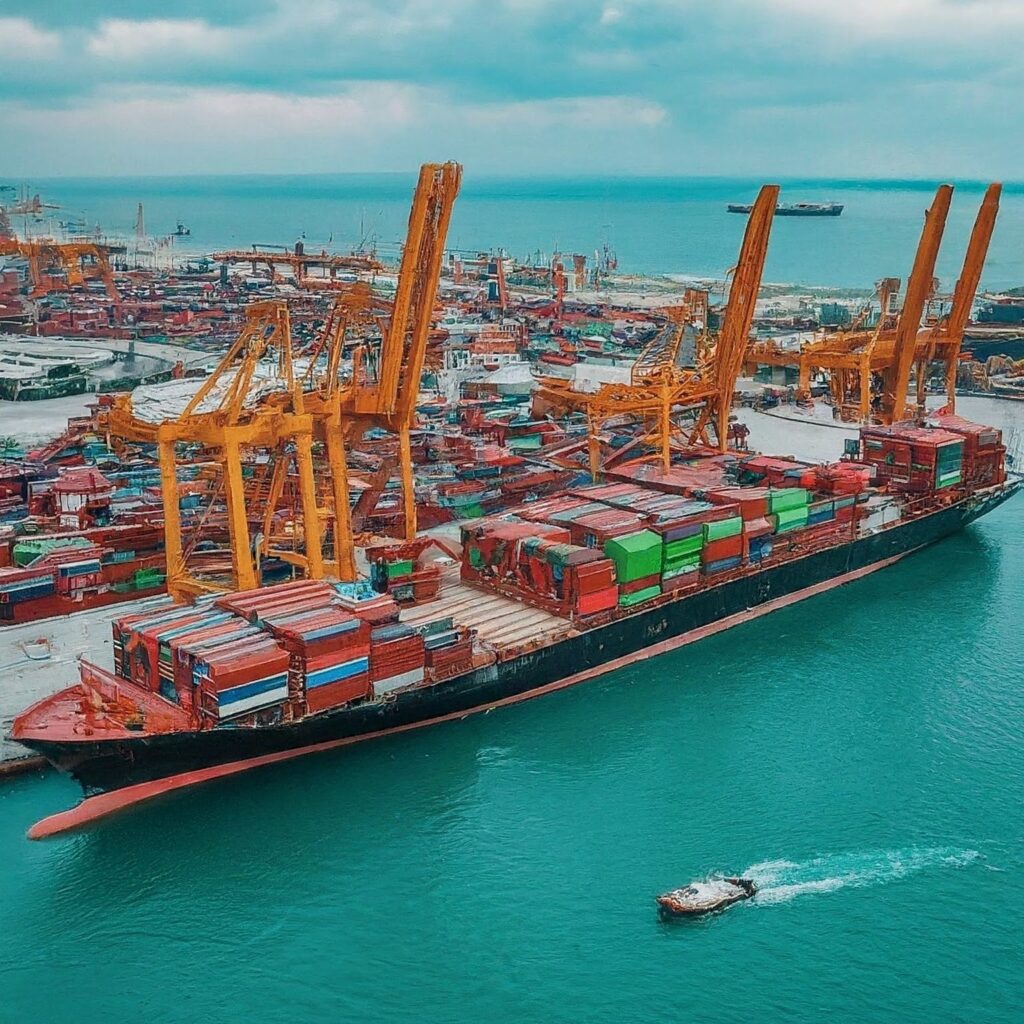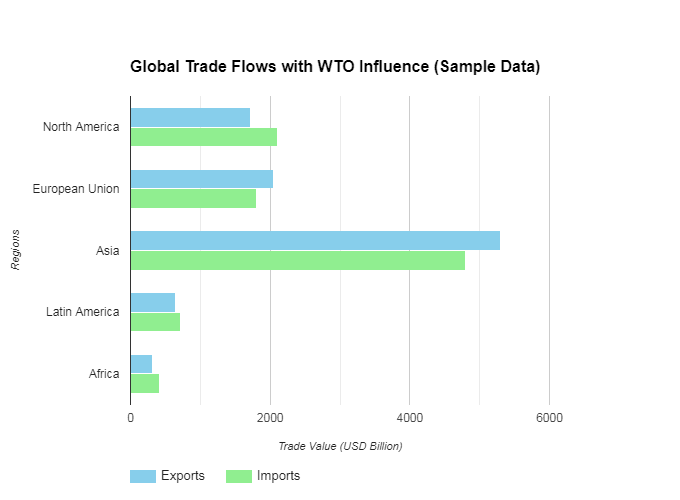The Patterns of world trade refer to the distinct characteristics and trends observed in the exchange of goods and services among countries on a global scale. These patterns are shaped by a multitude of factors, including economic conditions, technological advancements, government policies, and international agreements.
Factors Shaping World Trade
| Economic Condition | Technology | Policies |
|---|---|---|
| Ability to buy or sell | Decides direction of Flow | Puts Restriction |

Directionality: Trade flows can be categorized based on the direction of trade, encompassing bilateral trade (between two countries) and multilateral trade (involving more than two countries), often facilitated through regional trade agreements or international organizations such as the World Trade Organization (WTO).


Commodity Composition: Countries exhibit specialization in the production of certain goods and services due to factors like natural resources, labor availability, and technological expertise. Consequently, global trade patterns reflect these comparative advantages. For instance:
-
- Nations abundant in natural resources (e.g., oil, minerals) often export these commodities.
- Countries with robust manufacturing sectors export a diverse array of manufactured goods, ranging from automobiles to electronics.
- Some economies focus on exporting services like finance, information technology, and tourism.
Trade Balances: Countries maintain varying trade balances, representing the disparity between the value of exports and imports. A trade surplus arises when exports exceed imports, while a trade deficit occurs when imports surpass exports. These imbalances can impact a country’s economy and influence trade policies.
Global Value Chains (GVCs): Contemporary trade patterns frequently involve intricate global value chains, where different production stages occur across multiple countries. This fragmentation of production enables countries to specialize in specific tasks and components, enhancing efficiency and global trade integration.
Regional Trade Blocs: Countries often form preferential trade agreements and regional trade blocs to stimulate trade among member nations. Examples include the European Union (EU), North American Free Trade Agreement (NAFTA, now succeeded by the United States-Mexico-Canada Agreement or USMCA), and the Association of Southeast Asian Nations (ASEAN).
Trade Imbalances and Trade Disputes: Prolonged trade imbalances between nations can lead to tensions and trade disputes and affects the Patterns of World Trade. These conflicts, characterized by tariff increases and other protectionist measures, can disrupt global trade patterns and yield significant economic repercussions.
Trade in Services: While discussions of world trade typically center on goods, trade in services (e.g., financial services, tourism, telecommunications) is also substantial. Advancements in technology, especially in telecommunications and the internet, have facilitated the growth of cross-border trade in services.
Understanding these patterns is essential for policymakers, businesses, and economists to make well-informed decisions concerning trade policies, investment strategies, and economic development initiatives.